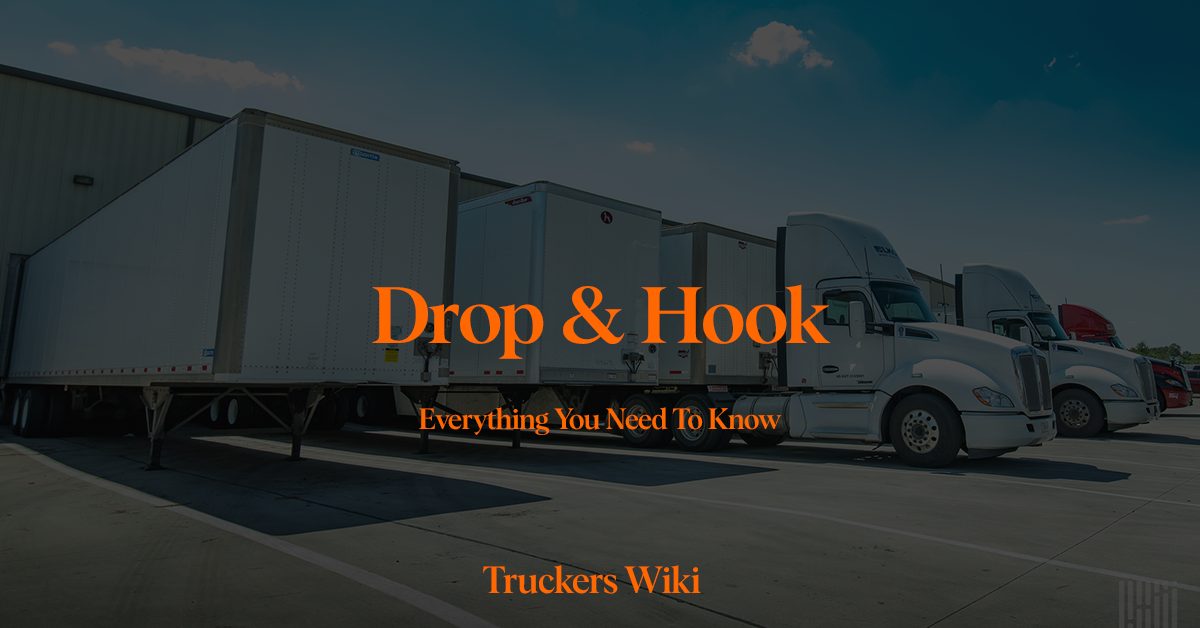
Table of Contents
What is Drop and Hook in Trucking
Drop and hook means that the driver drops a loaded trailer at a designated location, and then hooks a pre-loaded trailer to their tractor and departs for the next destination without waiting for the cargo to be loaded or unloaded, unlike with live loads.
Many truck drivers prefer drop and hook assignments due to the reduced downtime and increased driving time. This can be particularly appealing to long-haul drivers who want to maximize their miles on the road.
It usually takes less than an hour to drop and hook the next trailer, while it usually takes at least 3 hours for live load.
Benefits of Drop N Hook
Time Efficiency: Drop and hook eliminates the waiting time associated with loading and unloading. Drivers can swiftly exchange trailers and continue their journey, minimizing idle time.
- No Touch Freight: Driver doesn’t have to get involved with loading and unloading the freight.
Learn more about No Touch Freight here. Resource Optimization: Freight carriers can optimize their resources by having trailers pre-loaded at pick-up points. This ensures seamless transitions for drivers and expedites the delivery process.
Reduced Costs: With reduced wait times, fuel consumption decreases, contributing to cost savings and environmental benefits.
Enhanced Productivity: Drivers spend more time on the road, covering more ground and completing more deliveries within the same timeframe.
Challenges and Considerations
While drop and hook offers numerous advantages, certain challenges exist.
Equipment Availability: Availability of pre-loaded trailers at drop-off points is essential for successful execution.
Yard Congestion: Congestion at drop-off and pick-up locations can lead to delays and impact the efficiency of drop and hook operations.
Learn more about Yard here.
Industries and Applications
Drop and hook is commonly used in industries that involve frequent shipments of standardized goods, such as retail, e-commerce, and automotive.
Drop and hook is especially beneficial during peak shipping seasons, such as the holiday shopping rush. It helps carriers cope with increased demand by enabling swift transfers of goods. Now you know the drop and hook meaning.

